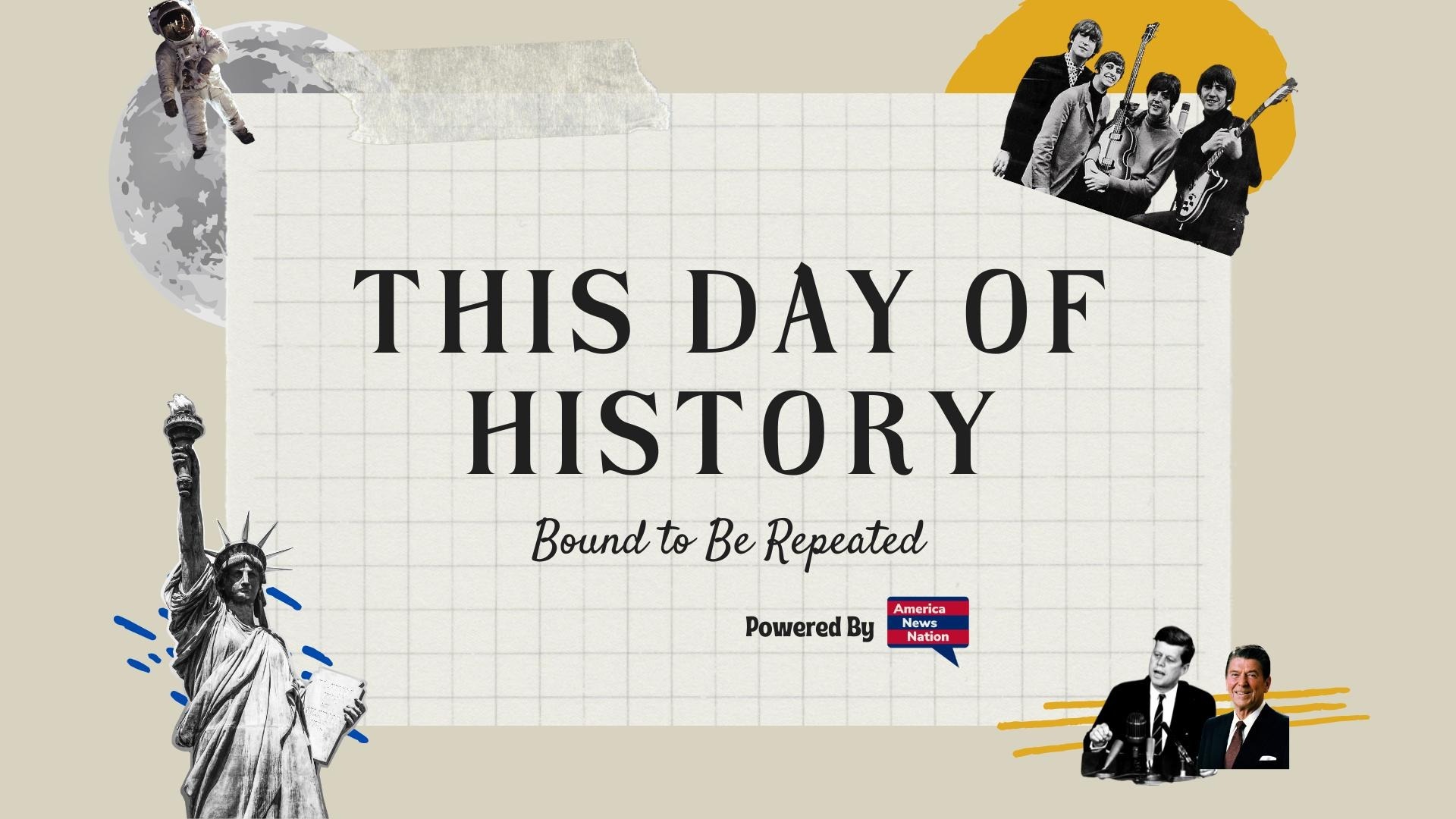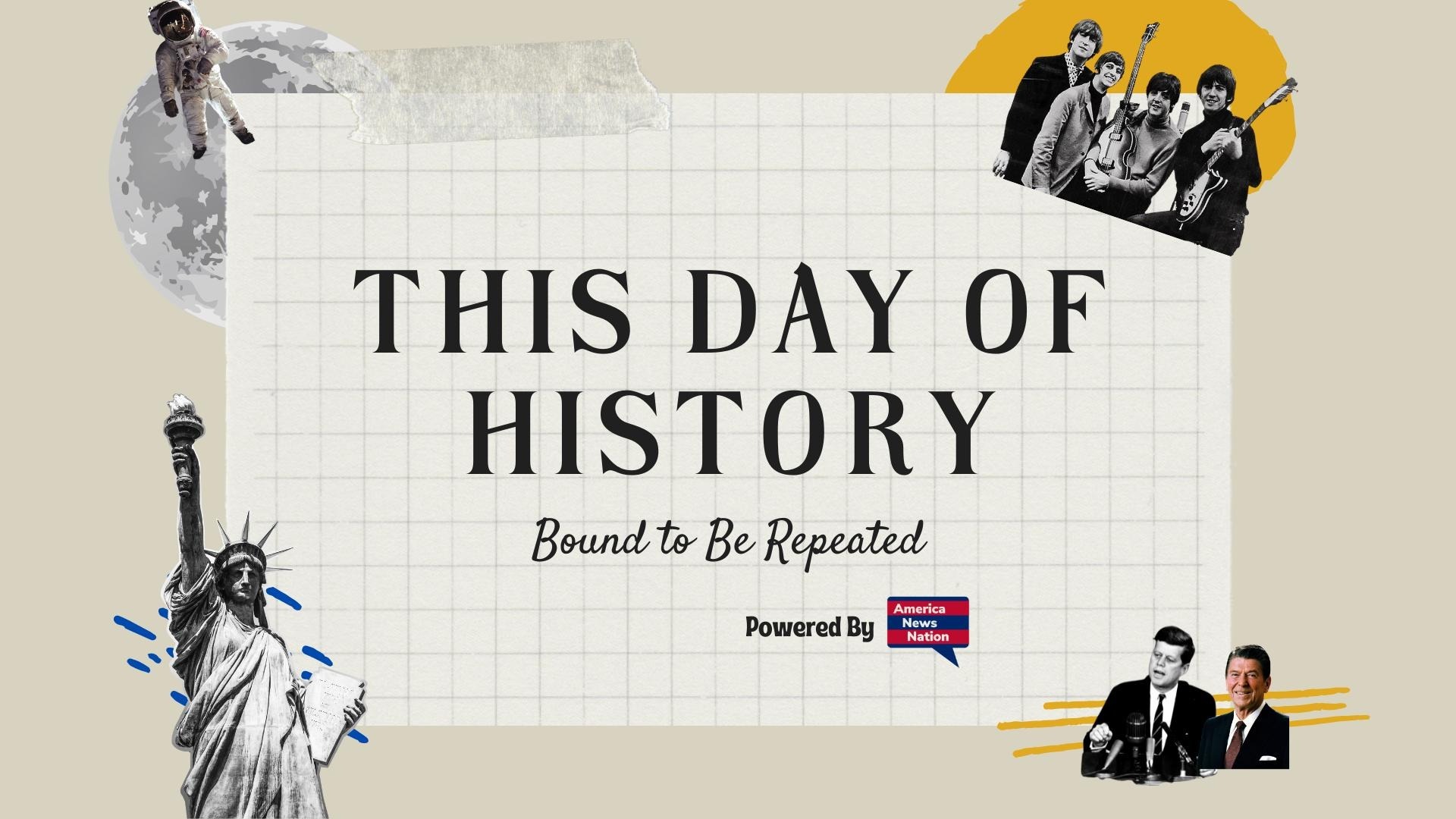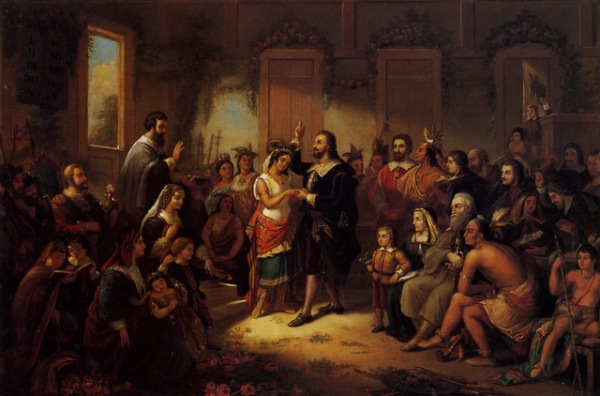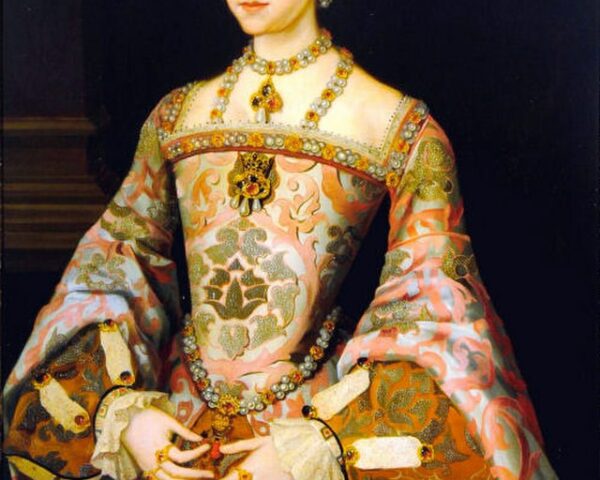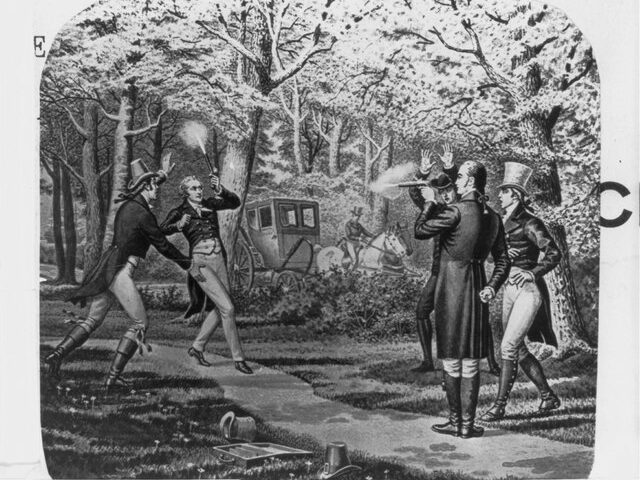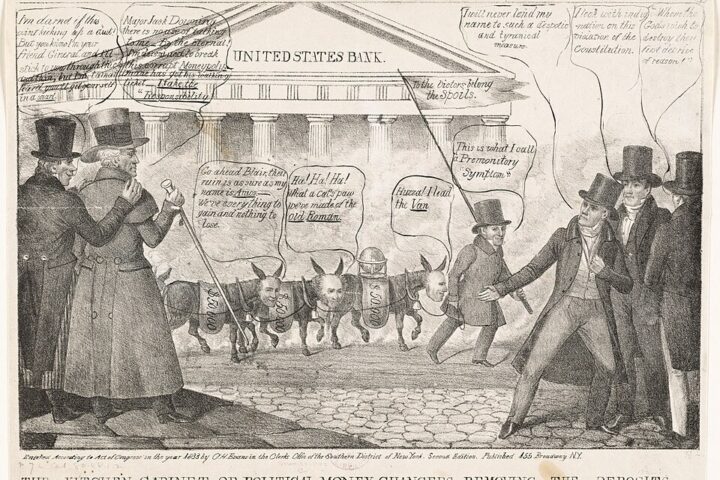On April 5, 1614, the marriage of Pocahontas—daughter of the influential Powhatan leader Wahunsenacawh—and English colonist John Rolfe took place in Jamestown, Virginia. Though often remembered as a romantic tale bridging two civilizations, the union was primarily a diplomatic gesture. It symbolized a fragile truce between English settlers and the Powhatan Confederacy during a time of escalating conflict and deep cultural misunderstanding.
Pocahontas, born around 1596 and also known by her private name Matoaka, first encountered the English during their early colonization efforts in the Tidewater region. As a child, she was involved in early interactions between the Powhatan people and the Jamestown colonists, founded in 1607. According to English accounts, especially those by John Smith, Pocahontas once intervened to save Smith’s life during a ritual or mock execution. However, modern scholars have questioned the reliability of Smith’s narrative and suggest it may reflect cultural misinterpretation rather than actual rescue.
As relations between the colonists and the Powhatan tribes soured, Pocahontas was captured in 1613 and held for ransom by the English. While in captivity, she converted to Christianity, took the name Rebecca, and came under the guidance of Reverend Alexander Whitaker. It was during this period that she met John Rolfe, a widowed tobacco planter whose agricultural ventures were crucial to the colony’s economy.
Rolfe’s interest in Pocahontas was shaped by both personal and strategic considerations. In a lengthy letter to Virginia’s governor, Rolfe expressed internal conflict between his affection for her and his perceived spiritual obligation to convert her. Ultimately, he rationalized the marriage as a divine mission that could bring peace and religious transformation to the native population. Colonial leaders endorsed the union, and Pocahontas’ father likely agreed, viewing it as a practical alliance that might ease growing tensions.
The marriage ceremony, held in Jamestown, was attended by English settlers and a Powhatan delegation. The event ushered in what came to be known as the “Peace of Pocahontas,” a brief eight-year period during which trade improved and open violence diminished. Yet the peace was built more on political expediency than genuine harmony.
In 1615, Pocahontas and Rolfe welcomed their son, Thomas. The following year, the Virginia Company arranged for the family to travel to England as part of a public relations effort to gain support and funding for the colonial project. Pocahontas was presented to English society as a symbol of the so-called “civilizing” mission of the New World, meeting dignitaries such as King James I and appearing in published portraits and pamphlets.
Tragically, as she prepared to return to Virginia in 1617, Pocahontas fell ill and died near Gravesend, England. She was approximately 21 years old. Her untimely death marked the end of a brief and ultimately unsustainable period of peace between the colonists and Powhatan people.
Though the marriage between Pocahontas and John Rolfe did not lead to lasting coexistence, it remains a significant historical moment. It reflects the complex interplay of diplomacy, religion, and colonial ambition that shaped early American history. Their union, rooted in strategy more than sentiment, serves as a poignant reminder of the cultural crossroads at which early America was formed.
